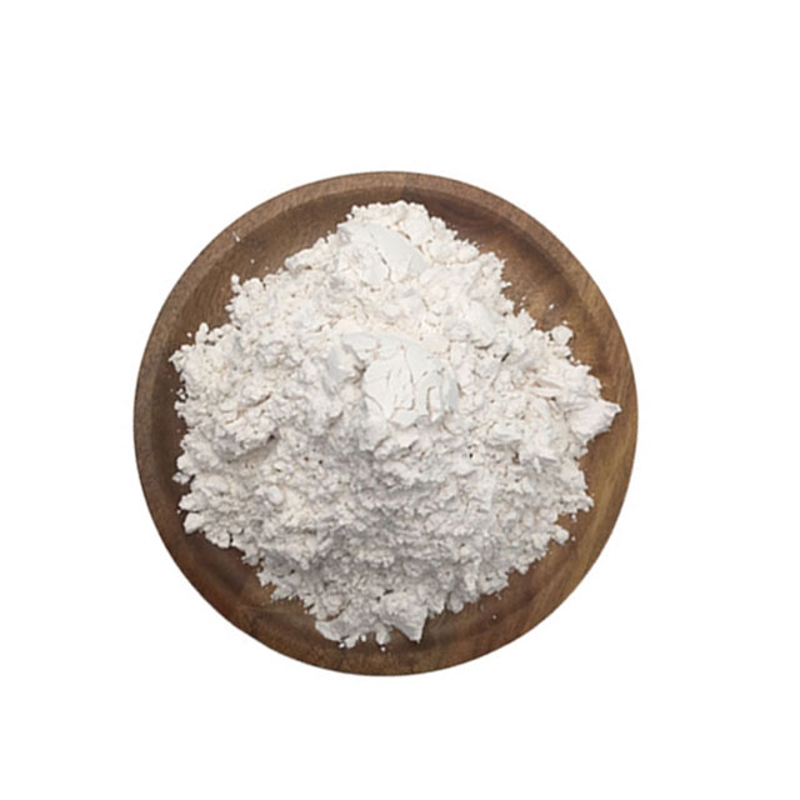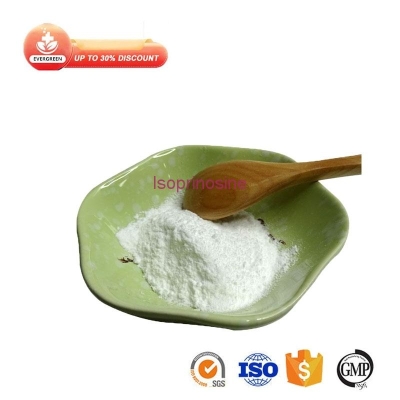-
Categories
-
Pharmaceutical Intermediates
-
Active Pharmaceutical Ingredients
-
Food Additives
- Industrial Coatings
- Agrochemicals
- Dyes and Pigments
- Surfactant
- Flavors and Fragrances
- Chemical Reagents
- Catalyst and Auxiliary
- Natural Products
- Inorganic Chemistry
-
Organic Chemistry
-
Biochemical Engineering
- Analytical Chemistry
- Cosmetic Ingredient
-
Pharmaceutical Intermediates
Promotion
ECHEMI Mall
Wholesale
Weekly Price
Exhibition
News
-
Trade Service
Recently, the Chinese Center for Disease Control and Prevention organized the completion of the national new coronary pneumonia serological epidemiology survey and analysis.
the purpose of this survey is to understand the situation of new coronavirus infection in the general population in different endemic areas of neo-corona pneumonia, to deepen scientific understanding of the characteristics of neo-coronary pneumonia infection, and to assess the effectiveness of epidemic prevention and control in China.
Survey covers three types of areas, including Wuhan City, Wuhan City, Hubei Province, and six provinces outside Hubei (Beijing, Liaoning, Shanghai, Jiangsu, Guangdong and Sichuan), using a sample survey design to select more than 34,000 people in the community, through the detection of serum new coronavirus antibodies, estimated the level of infection of the new coronavirus in the population.
survey was conducted using cross-sectional investigation methods, and the investigation was conducted one month after China had contained the first wave of neo-crown pneumonia.
survey found that the positive rate of new coronary antibodies in the community population in Wuhan area was 4.43%, the positive rate of antibodies in Wuhan, Hubei Province, was 0.44%, and only 2 cases of antibody positive were detected among more than 12,000 people in six provinces outside Hubei Province.
the antibody-positive rate of people who have been exposed to confirmed cases of neo-coronary pneumonia was significantly higher than that of other groups, and the antibody-positive rate of middle-aged and elderly groups was higher than that of other age groups.
results show that the population of our country is at a low level of infection, indicating that the control of the epidemic in Wuhan as the main battlefield has been successful and effectively prevented the spread of the epidemic on a large scale.
to facilitate public scientific awareness of this serum epidemiology survey, the Center organized the relevant experts to write the following questions and answers.
1 What is a serological epidemiology survey? Serum epidemiological investigation is an epidemiological investigation carried out by serological methods and techniques, through the analysis and study of the distribution law of specific antigens or antibodies in the serum of the population and its factors, to clarify the occurrence and prevalence of infectious diseases, to evaluate the effectiveness of vaccination and so on.
This new coronary pneumonia serological epidemiological survey is a month after China curbed the first wave of neo-crown pneumonia outbreak, in representative areas of the cross-sectional survey, through representative sampling in the population, serum samples collected for antibody testing, to understand the level of infection of the new coronavirus in the population.
2 What is an antibody? In general, after the new coronavirus infects the human body, the replication of the virus in the body can stimulate the body to produce specific antibodies, antibodies often last longer.
antibodies to new coronavirus in infected people can inhibit virus replication and thus protect the human body.
new corona-specific antibodies have been detected in the body, indicating that a new coronavirus may have been infected in the past.
3 What is the infection rate of the new coronavirus population? By selecting the target population for new coronavirus antibody testing by certain sampling rules, the antibody-positive rate of that population can be calculated, reflecting the new coronavirus infection rate accumulated in the population over a period of time when the vaccine has not been given.
are the characteristics of this serological survey? This serological survey is aimed at the community population, using a good sampling design, the population representative is better.
antibody testing uses a variety of reagents in a combination of primary sieve, and then the use of cell micro-in and experimental review of the detection strategy, to maximize the sensitivity and specificity of the detection strategy.
the results of this serological survey compare with other findings from abroad? This survey is the first large-scale new coronary serum antibody-positive rate survey based on population in different endemic level areas in China.
national representative survey conducted in other countries by the United Nations General Organization found that after the first wave of epidemics, the infection rate of the population was generally low.
two-stage random sampling survey conducted by Spain from 27 April to 11 May found that the national average serobody-positive rate ranged from 3.7 to 6.2 per cent.
follow-up study conducted by Switzerland from 6 April to 9 May found that the antibody-positive rate at week 5 was about 11 per cent.
6 this survey is different from the large-scale nucleic acid screening conducted in Wuhan in the previous period? 1 The purpose of different serum epidemiological surveys is to understand the past infection status of the new coronavirus in the population, while the purpose of mass nucleic acid screening in the population is to search for people found to be infected with the virus.
2 detection method different serum epidemiological investigation is to detect the level of antibody of the new coronavirus in the serum, while the large-scale nucleic acid screening in the population is the use of PCR method to detect the new coronavirus nucleic acid fragments.
3 results of different meanings in the human serum detected specific antibodies (i.e., antibody-positive) indicate that it is a previous infection, if further testing nucleic acid results negative, it indicates that the virus has been removed from the body of the previous infected person, not contagious.
If the nucleic acid test positive, regardless of the antibody test results, indicates that the individual may be in a toxic state, is a potential source of infection, especially in the late incubation period and acute period of high viral load infection, indicating the need to isolate or treat it to prevent the spread of the virus.
()







